Printed plastic solar cells should be able to harvest enough energy from indoor light to power your phone within the next few months.


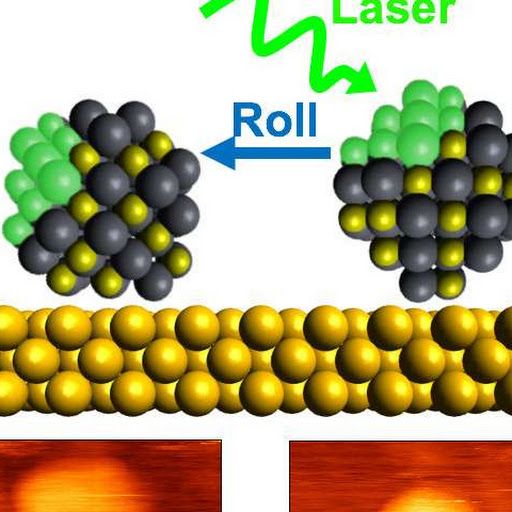
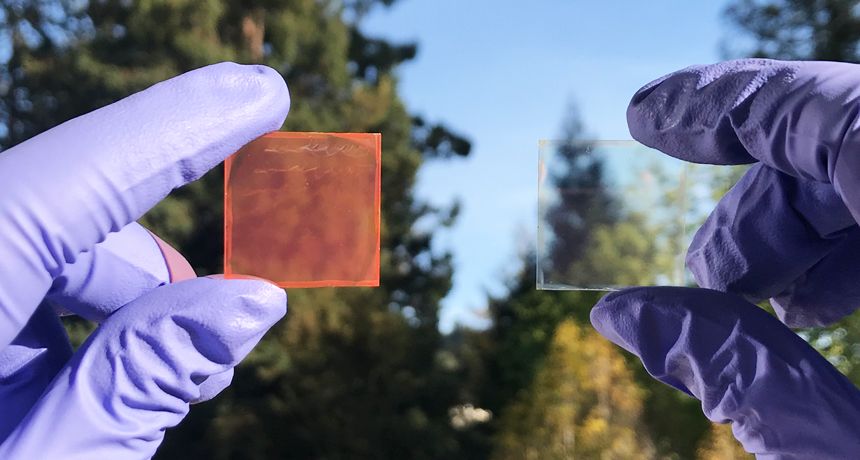
SSPI approach: • Enabling technologies developed at Caltech • Ultra-light deployable space structures • High efficiency ultra-light photovoltaic (PV) • Phased Array and Power Transmission • Integration of concentrating PV, radiators, MW power conversion and antennas in single cell unit • Localized electronics and control for system robustness, electronic beam steering • Identical spacecraft flying in formation • Target is specific power over 2000 Watts per kilogram. This would cost competitive with ground-based power.

Washington: Scientists have discovered a new material for next-generation smart windows that not only darken automatically when the Sun is too bright but also convert solar energy into electricity.
Researchers at the Lawrence Berkeley National Laboratory (Berkeley Lab) in the US found a form of perovskite that works well as a stable and photoactive semiconductor material that can reversibly switch between transparent and non-transparent state, without degrading its electronic properties.
The scientists made the discovery while investigating the phase transition of the material, an inorganic perovskite.
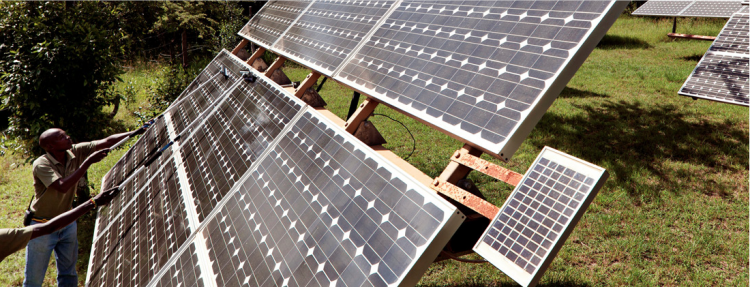
“The new Scaling Solar and Storage (SSS) program, which has yet to be formerly announced and is expected to be rolled out over the next couple of years, would work on utility-scale tenders that pair solar PV with battery storage technology.”

“The historic Hearst cattle ranch has become a hybrid solar farm for Apple’s Cupertino campus.”
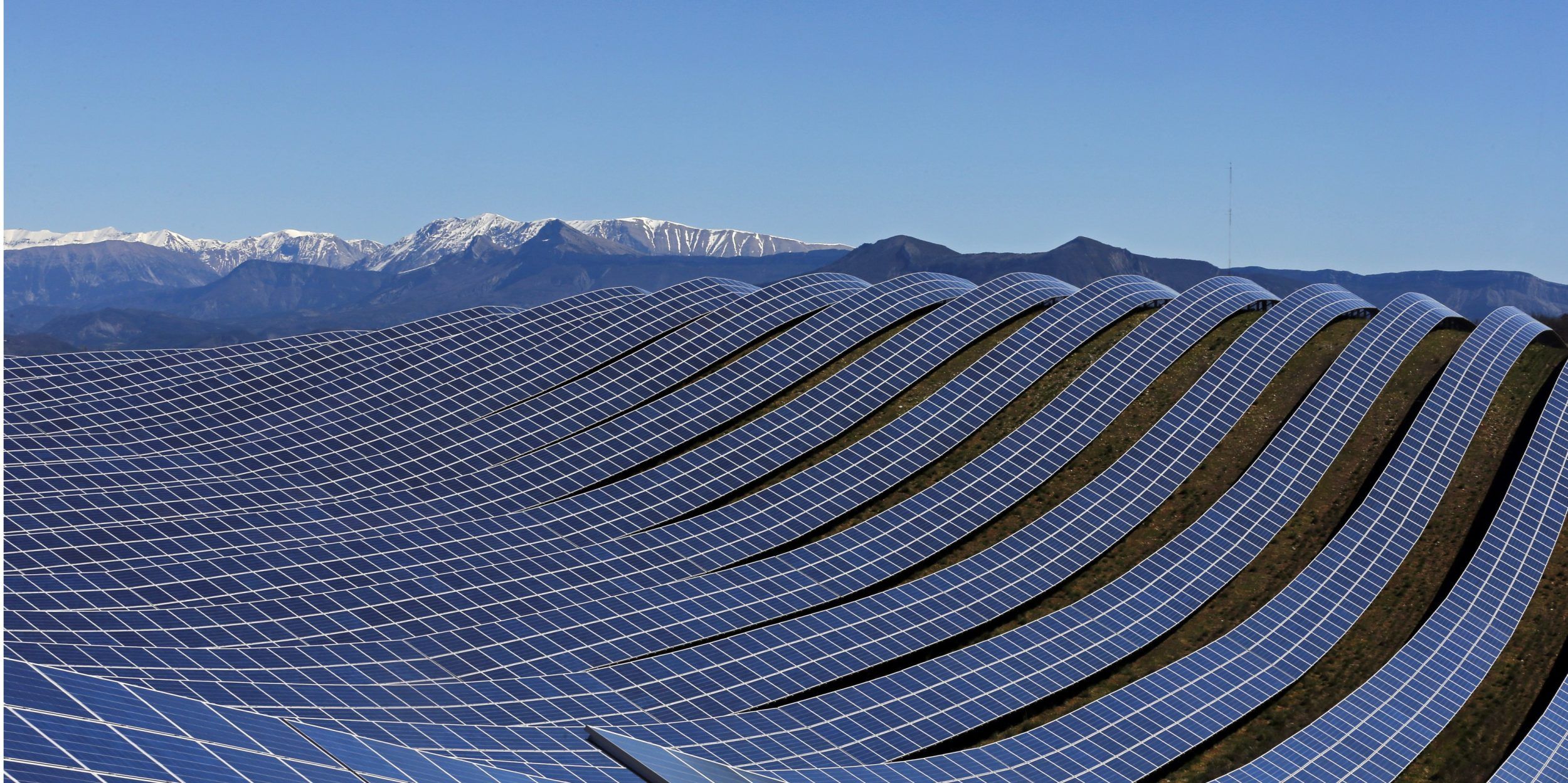

But the dream of the nanofabricator is not yet dead. What is perhaps even more astonishing than the idea of having such a device—something that could create anything you want—is the potential consequences it could have for society. Suddenly, all you need is light and raw materials. Starvation ceases to be a problem. After all, what is food? Carbon, hydrogen, nitrogen, phosphorous, sulphur. Nothing that you won’t find with some dirt, some air, and maybe a little biomass thrown in for efficiency’s sake.
Equally, there’s no need to worry about not having medicine as long as you have the recipe and a nanofabricator. After all, the same elements I listed above could just as easily make insulin, paracetamol, and presumably the superior drugs of the future, too.
What the internet did for information—allowing it to be shared, transmitted, and replicated with ease, instantaneously—the nanofabricator would do for physical objects. Energy will be in plentiful supply from the sun; your Santa Clause machine will be able to create new solar panels and batteries to harness and store this energy whenever it needs to.
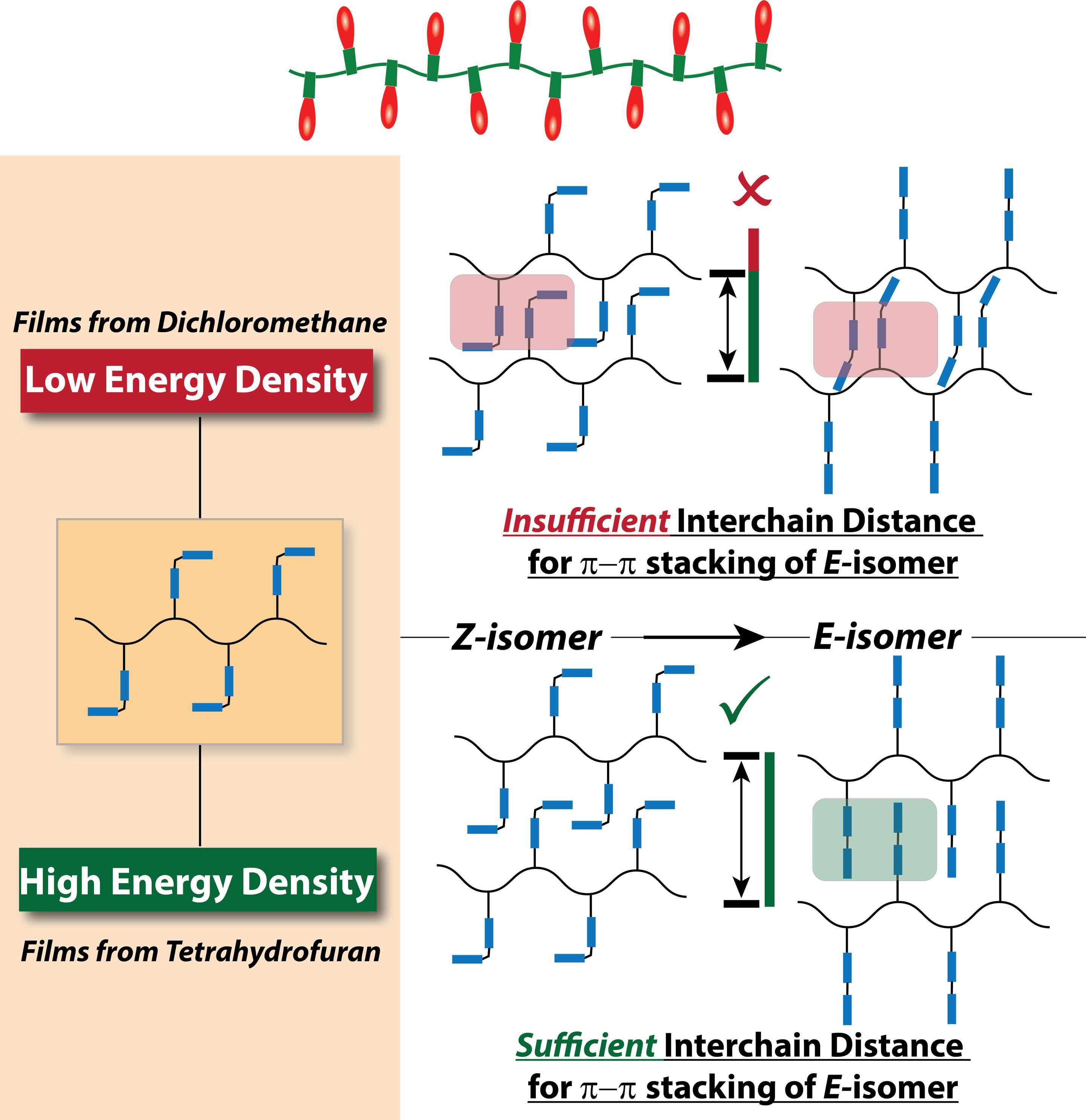
Materials chemists have been trying for years to make a new type of battery that can store solar or other light-sourced energy in chemical bonds rather than electrons, one that will release the energy on demand as heat instead of electricity — addressing the need for long-term, stable, efficient storage of solar power.
Now a group of materials chemists at the University of Massachusetts Amherst led by Dhandapani Venkataraman, with Ph.D. student and first author Seung Pyo Jeong, Ph.D. students Larry Renna, Connor Boyle and others, report that they have solved one of the major hurdles in the field by developing a polymer-based system. It can yield energy storage density — the amount of energy stored — more than two times higher than previous polymer systems. Details appear in the current issue of Scientific Reports.
Venkataraman and Boyle say that previous high energy storage density achieved in a polymeric system was in the range of 200 Joules per gram, while their new system is able to reach an average of 510 Joules per gram, with a maximum of 690. Venkataraman says, “Theory says that we should be able to achieve 800 Joules per gram, but nobody could do it. This paper reports that we’ve reached one of the highest energy densities stored per gram in a polymeric system, and how we did it.”